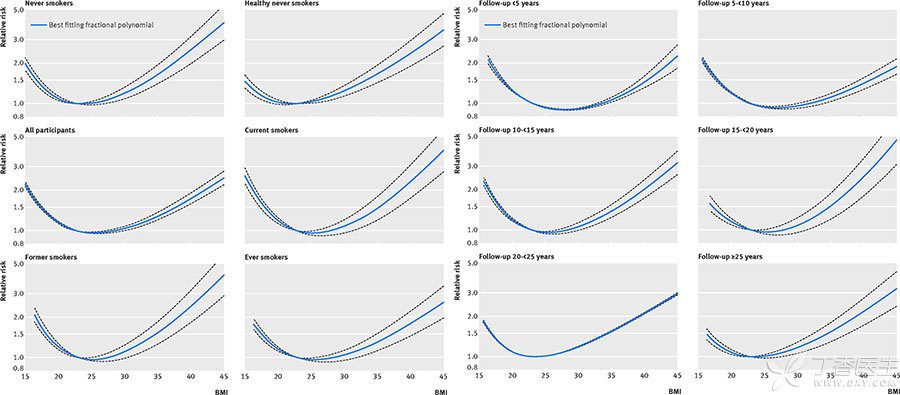I wonder if you understand a truth:
Fat ≠ unhealthy, the key depends on where fat grows.
For example, it is a very bad phenomenon that the waist is extremely fat.
Because waist circumference is not only one of the criteria for keeping eyes, but also an important indicator to measure a person’s life span.
In order for everyone to live a long life, Dr. Clove will talk about waist circumference today.
The thicker the waist, the shorter the life? This is really not a rumor.

We all know that obesity is not good for the body, but compared with obesity that is very uniform all over the body, waist obesity (abdominal obesity) is more destructive to the health.
For people with abdominal obesity, fat not only accumulates under the belly, but also causes the liver, pancreas, gastrointestinal tract and other organs in the belly to suffer together, so abdominal obesity is also called [visceral obesity].
When people are fat, it is difficult to walk, and their internal organs are too fat, so it will be difficult to run.
If the heart, liver and kidney are also affected by some important blood vessels, hypertension, hyperlipidemia, fatty liver, hyperuric acid, chronic kidney disease… may all be found, regardless of which disease, it is difficult to live a long life.
Fat or not, waist circumference also has a say,
In medicine, we are used to using body mass index (i.e. BMI, which is equal to the square of weight ÷ height) to measure whether a person is fat or not. Generally speaking, we think that BMI between 18.5 and 23.9 is normal weight, 24 to 27.9 is overweight, and more than 28 is obese.
However, statistics show that even people with normal body mass index, 14% of them will show abdominal obesity. Therefore, abdominal obesity is a relatively hidden obesity and is not so easy to see.
According to current standards, if the waist circumference of adult men is ≥ 90 cm and that of women is ≥ 85 cm, it is considered [entering the obesity world].
If you also feel that you have a [beer belly], you’d better measure it and weigh it. If you exceed the standard, you may have to lose weight.
Find the two points at the bottom of the ribs and the top of the hipbone on both sides of the body, take the midpoint of the line connecting the two points, and surround it horizontally with a tape measure (clinging to the skin without compressing it) to measure the waist circumference.
When measuring, take off or pull up your coat, stand up straight, and breathe slowly. Do not hold your breath or suck your stomach. Repeat the measurement 2-3 times to ensure accuracy.
Can skinny people really live longer?

There is a degree in everything. The relationship between fat and thin and health is the same. Being too thin is also not good.
Some studies have shown that people with thinner thighs (especially BMI < 25) have a higher risk of type 2 diabetes. However, people with larger buttocks and thicker thighs have a lower risk of type 2 diabetes.
Other studies have found that people who are too thin have an increased risk of osteoporosis, fractures and respiratory diseases.
It seems that we don’t need to always abandon our big buttocks and thick legs.
However, since thigh circumference and hip circumference are not as widely used as waist circumference, and the standards are different, these indicators will not be discussed in detail.
Which kind of people live the longest?
After long-term observation and comprehensive consideration of various influencing factors, some scholars found that the relationship between BMI and death risk is like a U-shaped curve:

Dr. Clove briefly explained the meaning of the figure: At both ends of the curve are extremely thin people and extremely fat people, and the risk of death is on the high side. People with BMI in the middle period have the lowest risk of death, with BMI between 20 and 24, which can be roughly understood as these people [live longer].
As mentioned earlier, BMI between 18.5 and 23.9 is normal weight, 24 to 27.9 is overweight, and BMI between 22 and 25 can be said to be [slightly fat].
In this way, it is possible that the world does not belong to fat people or thin people, but to [people in the micro-fat world]! (Jokes are jokes, in fact, such body mass index is very good)
After all, they have more advantages if they only fight for who lives long.
But then again, Dr. Clove felt that people’s life span must be affected by many factors. In addition to maintaining a suitable body shape and weight, paying attention to physical examination, balanced nutrition, peaceful mind, and being careful not to be hit by a car when going out… These are also very important.
Do you know what to do?
